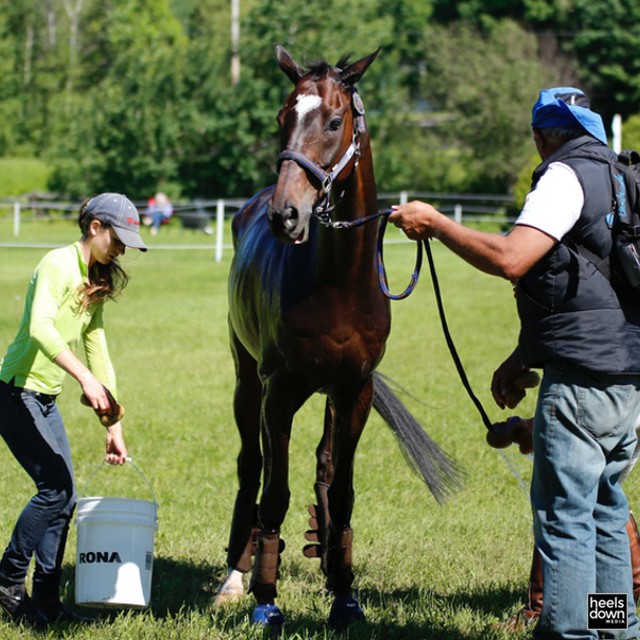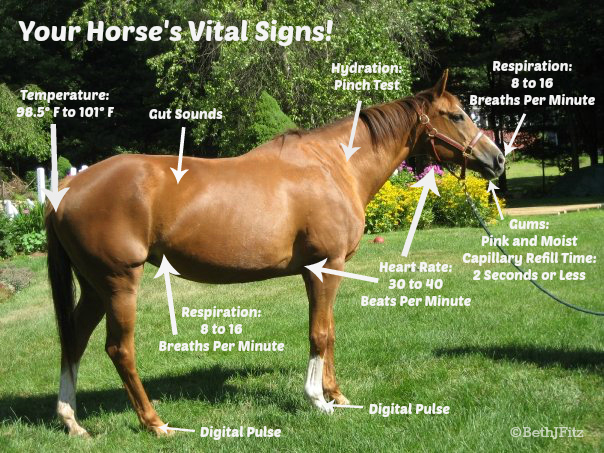How To Take A Horse S Temperature Pulse And Respiration

Thermometers designed for use with livestock have a ring on the top.
How to take a horse s temperature pulse and respiration. Typical ranges for normal are. The ability to take a horse s tpr temperature pulse and respiration is crucial for any horse person because it is the quickest and simplest way to gain information about how your horse is feeling. The heart rate pulse and respiratory rate can be taken without a stethoscope but having a stethoscope makes the job easier. Monitoring demeanor temperature pulse and respiration is not only important diagnostically but also for monitoring improvement or worsening of the illness.
If a stethoscope is not handy the pulse can be taken from the lingual. Normal temperature range for a horse. To check your horse s respiration rate you ll need to stand to the side of him a few feet away and watch his ribcage rising and falling stand to the side of your horse a few feet away and watch his ribcage rising and falling. Step 1 use a thermometer.
Let s start with temperature. Always clean the thermometer before storing it. T 99 5 100 5 p 28 42 beats per minute and r 8 12 breaths per minute but you should figure out what is normal for your horse. Three standard indicators of a horse s health are temperature pulse rate and respiration.
These can be used not only to determine if your horse is ill but also can indicate the type of illness. 28 to 45 beats count the double lub dub as one full beat per minute. Lubricate the tip with petroleum jelly or vaseline step 2 move the horse s tail to the side so that it is out the way. This ring can be attached to a string and a clip attached to the opposite end of the string.
The clip can be clipped to the horse s tail when you take the horse s temperature. This article discusses how to take the vital signs normal values and assessing the seriousness of a sick horse. The normal temperature for a horse is about 38c 100 5f. A cycle of one rise and one fall of the ribcage constitutes one breath.
During exercise a horse s respiration can increase significantly. 98 5 f to 101 f 36 9 c to 38 3 c these values are general normal ranges. Raise or move the horse s tail and insert the thermometer into the anus. Depending on a horse s fitness level and environmental temperature the respiration rate should decrease after exercise in a short period of time.
Take a reading after this time is done. Galloping horses can take over 150 breaths per minute. Insert the thermometer into the horse s rectum angled slightly towards the ground step 3 leave the thermometer in position for at least three minutes or until it beeps.

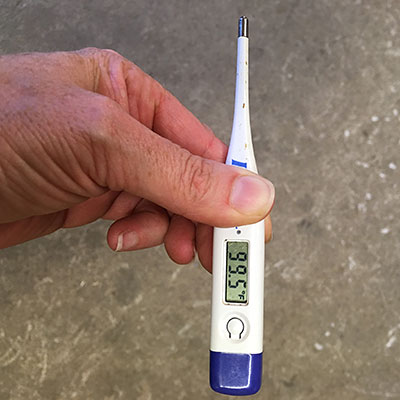
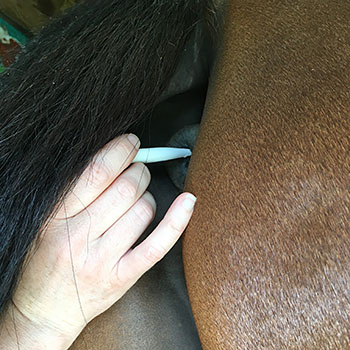
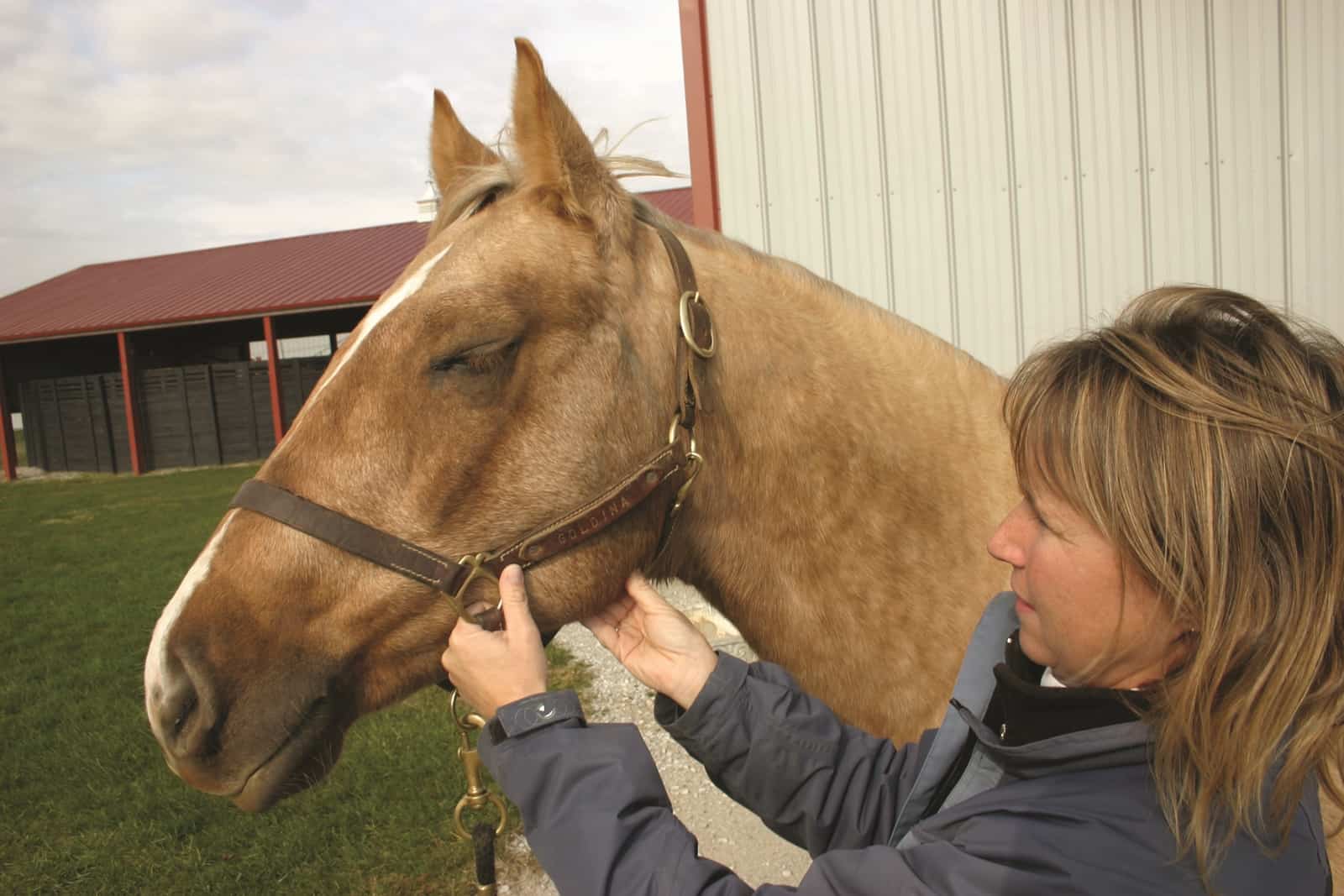

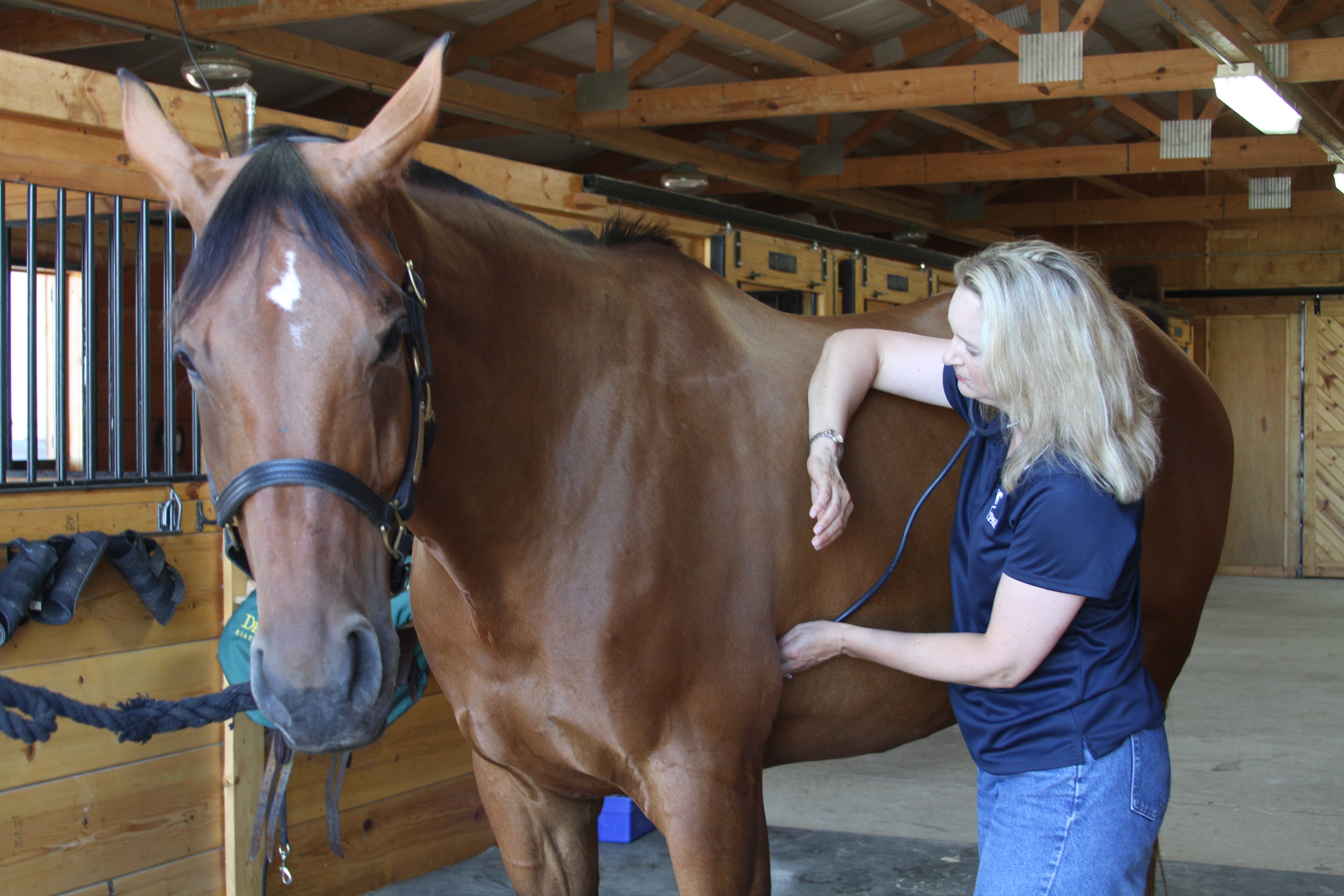
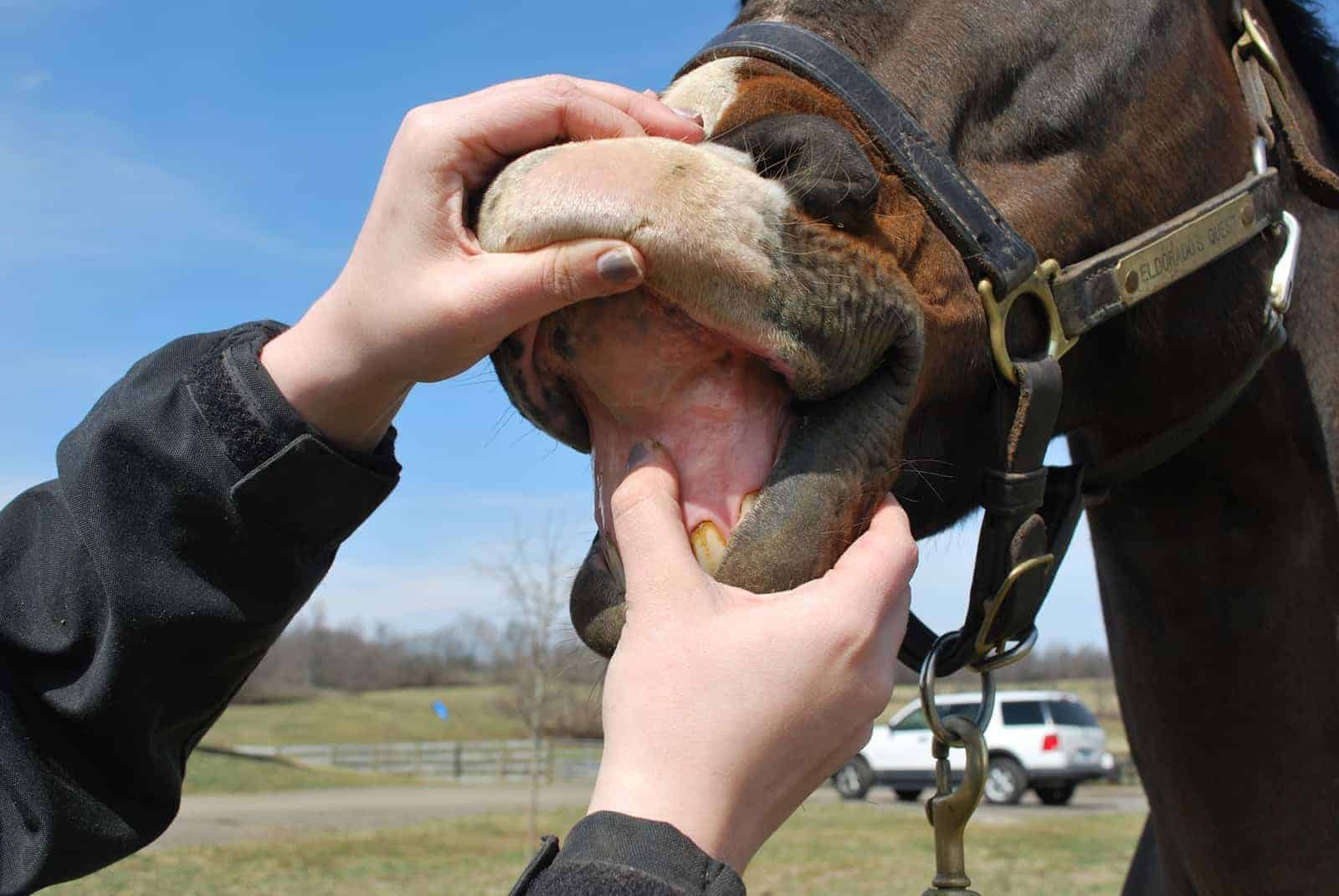



/GettyImages-154954814-58a4b3595f9b58819cf95c98.jpg)


